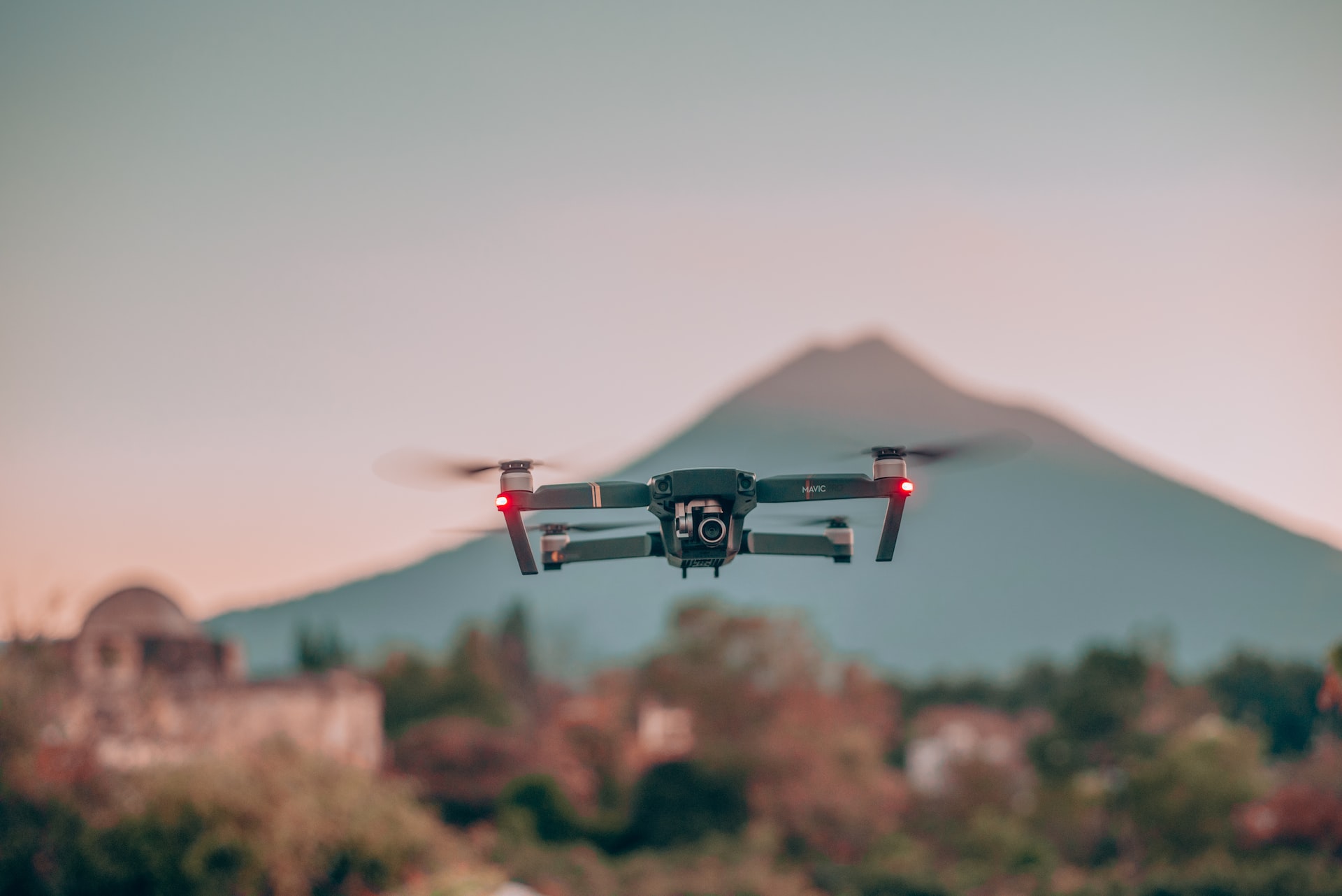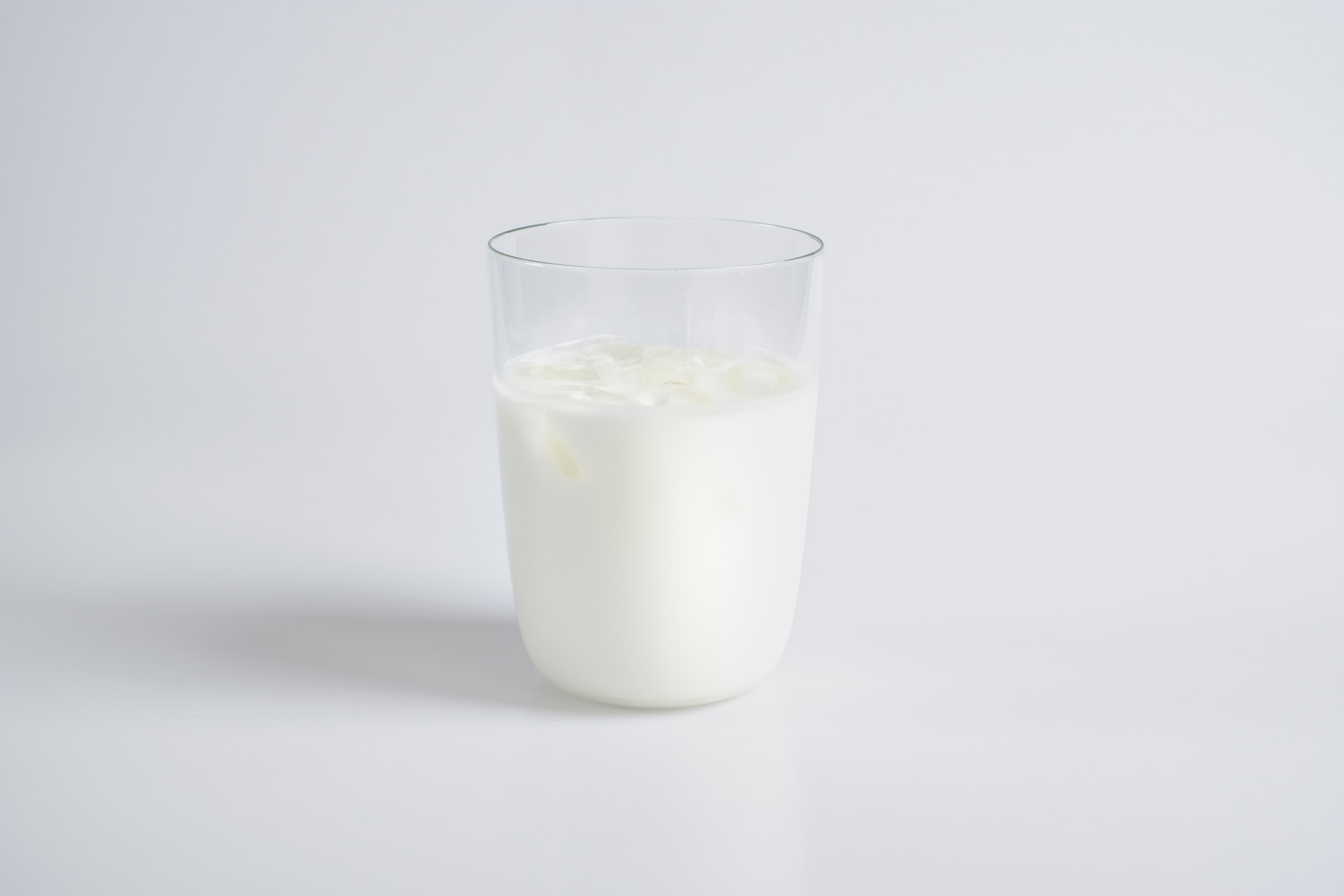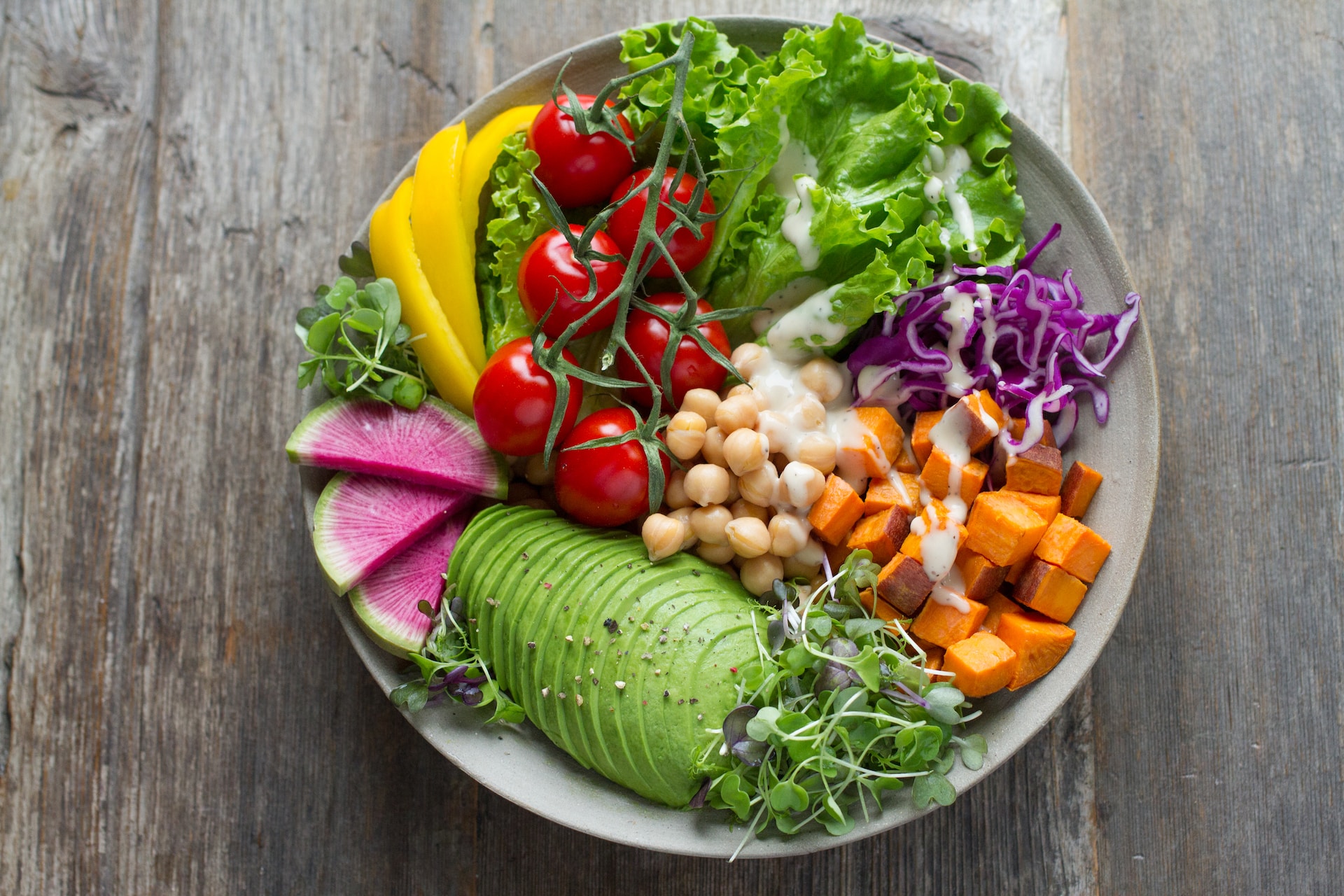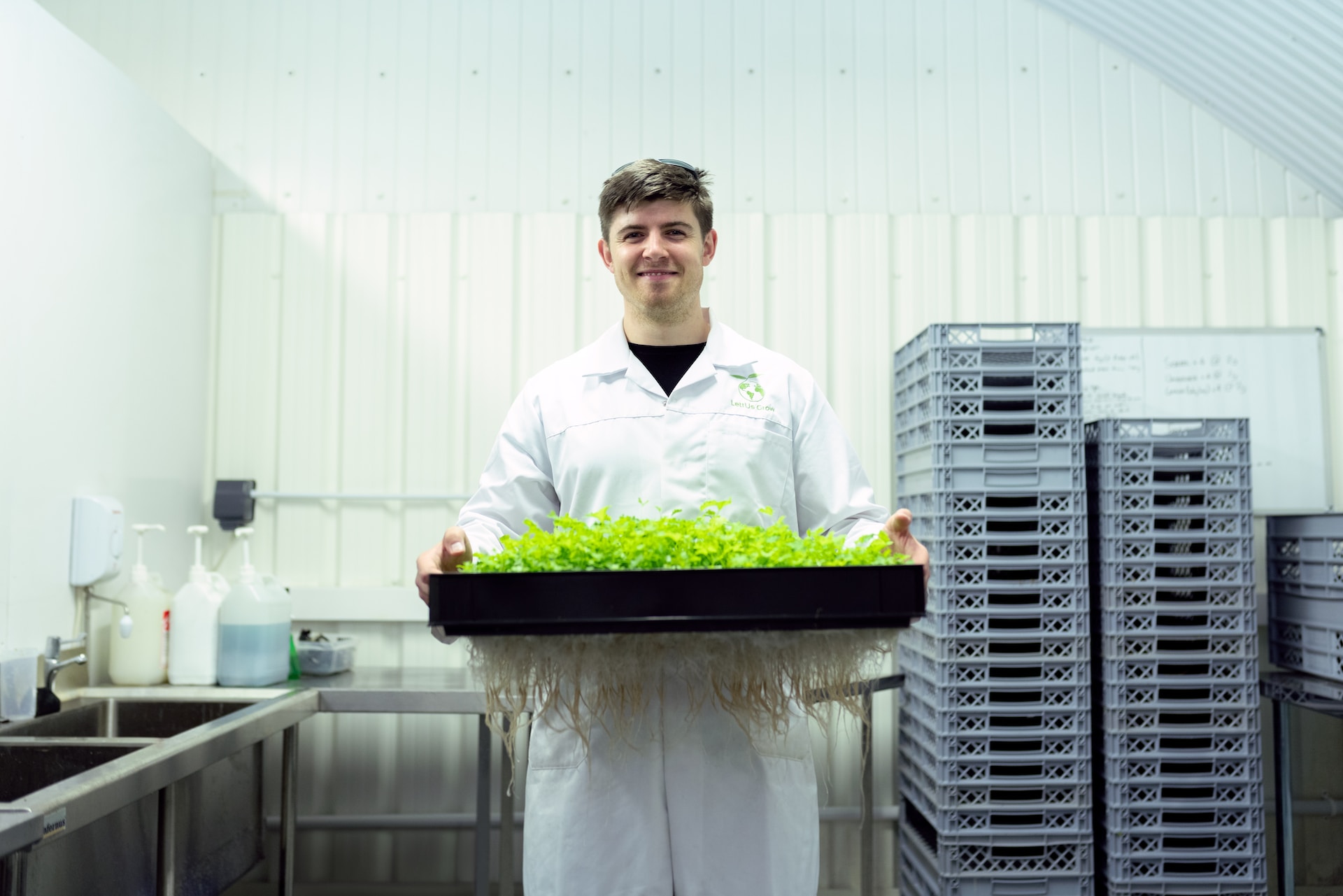
Are Agricultural Spray Drones the Future of Farming?
February 24, 2023 - Emily Newton
Revolutionized is reader-supported. When you buy through links on our site, we may earn an affiliate commision. Learn more here.
With a population nearing 8 billion people, farming is becoming increasingly essential to human life. The COVID-19 pandemic wreaked havoc worldwide, causing supply chain disruptions in many industries. Agriculture is no stranger to adverse effects, and the industry seeks answers moving forward. One solution could be agricultural spray drones.
How Prevalent Are Agricultural Spray Drones Worldwide?
Crop-spraying drones are a relatively new technology in the world of agriculture. The idea of using aerial tactics for crop spraying dates back a century ago. In 1921, the state of Ohio directed its department of agriculture to conduct crop dusting with a plane. The pilot, John A. Macready, used a Curtiss JN-6 to fly over a field of crops. This innovation is how crop dusters got their name.
Fast forward a century, and the agricultural industry has evolved. Many farmers still use some form of aerial application for their fields. Nowadays, new technology has become more prevalent with the invention of agricultural spray drones. These crop-spraying machines go back to the 1980s when unmanned aerial vehicle (UAV) technology was rising. Yamaha began selling agricultural spray drones commercially in the early 2000s, and they’ve spread since.
Farmers don’t use these drones widely yet, but they are growing in popularity in places like China. This nation is a world leader in producing many different kinds of crops. From sweet potatoes to rice and wheat, China is an integral food supplier for many countries. With a heavy amount of agricultural production, they’ve turned to agricultural spray drones for help with a rising senior population and a declining rural population.
Between 2007 and 2017, China’s senior population rose by 42.6 million, while the rural population decreased by 140 million. The country has used crop-spraying drones to modernize its agricultural methods. China is the world’s largest producer of civilian drones, and the Chinese use about 13 to 17% of these drones for farming.
In the United States, crop-spraying drones are on the rise as farmers find them helpful. Like China and other countries, the United States has seen a decrease in rural population, but it’s still able to increase its agricultural output. The average American farmer using drones profits off their investment in an agricultural spray drone.
What Are the Advantages of Agricultural Spray Drones?
Crop-spraying drones are becoming more prevalent in agriculture worldwide because it has numerous advantages for farmers. For the most part, they make life easier and are an effective way to usher in new technology to keep pace with today’s demand. Some of these advantages include:
- Cheaper operations: Agricultural spray drones have decreased in price over the past few years, making them more affordable for small farmers. For many, these drones are cheaper than hiring a crop-dusting service or using their crop duster. Removing the planes from the process means money saved on fuel and less danger from flying an airplane.
- Saving time: A significant advantage of crop-spraying drones is their ability to save time for farmers and their employees. Applying pesticides manually to each section of crops could take a long time. However, these drones can cover multiple rows at a time if they have more than one drone. A quicker application process means farmers can increase their crop production and profits.
- Eco-friendly: On a macro level, agricultural spray drones benefit the environment because they are greener than other aerial spraying methods. Crop dusters, for example, require fuel to work and have a carbon footprint because of their emissions. Crop-spraying drones are electric.
- Surveying: Agricultural spray drones make life easier for farmers by doing the survey work for them. Farmers no longer have to walk up and down each row to examine their crops. The drones can fly over the fields and collect data to evaluate crop quality. They can find which ones are doing poorly and which ones that bugs and other pests are bothering.
- Narrow application: One advantage drones have over crop dusters is the ability to conduct targeted application of sprays. Crops vary in what type of herbicide or pesticide they need. Drones can make the spraying process more efficient by giving the herbicide or pesticide where it needs to land, whereas the plane method may be less effective.
What Are the Disadvantages of Crop-spraying Drones?
There are many incentives for farmers to get agricultural spray drones, but some drawbacks exist. Some of the disadvantages of this technology are:
- Initial costs: One aspect of drones that could discourage farmers is the up-front cost. Though they’ve become cheaper, agricultural spray drones are still pricey. The small drones start around $3,000 to $5,000, and the larger ones can reach $20,000 or higher. The advantages may offset the costs in the long run, but some farmers may be unable to pay the initial costs.
- Learning curve: These drones are a relatively new technology, meaning the farmers who buy them will have to learn how to use them. Some may have been doing the same practices for decades, so changing their ways can be challenging.
- Government regulations: Depending on the country, some governments may have rules for this aircraft. Farmers may need special permission from the government or have to adhere to aviation laws.
- Weather: Bad weather is already an issue for farmers because it makes their work harder. Farmers who rely on their agricultural spray drones may burden themselves because drones are hard to operate in bad weather.
Are Agricultural Spray Drones the Future of Farming?
Crop-spraying drones have made farming easier worldwide. With a population nearing 8 billion people, food demand has increased while rural populations have decreased. These drones make farming more efficient and eco-friendly for the producers and the consumers. Agricultural spray drones seem to be a significant part of agriculture’s future. If they continue to decrease in price, these drones will become more accessible to small farmers and make the food supply chain more efficient.
Revolutionized is reader-supported. When you buy through links on our site, we may earn an affiliate commision. Learn more here.
Author
Emily Newton
Emily Newton is a technology and industrial journalist and the Editor in Chief of Revolutionized. She manages the sites publishing schedule, SEO optimization and content strategy. Emily enjoys writing and researching articles about how technology is changing every industry. When she isn't working, Emily enjoys playing video games or curling up with a good book.




